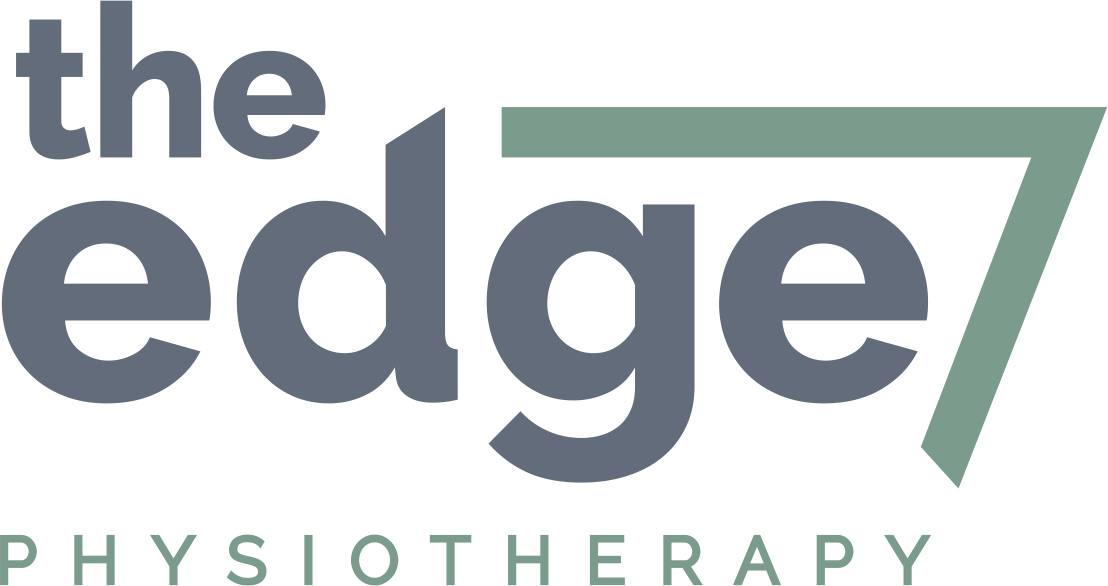How to jump higher and stronger
Jumping kinematics
One of the main differences between ballerinas and other athletes is that ballerina’s are taught how to jump and land. While jumping is a big part of sports like basketball for example, you’ll find the rate of ACL injury (major ligament in the knee) is much lower in a ballet cohort, why? because ballerina’s know how to jump.
So let’s break down the jump. A dynamic movement comprising of multiple joints and muscles working in unison to achieve a powerful, controlled elevation of body weight against gravity and the ground force reaction. When it comes to a jump, I look at the biomechanics of the whole body and see what can be maximised. In the end if you want height with your jumps you want both strong calf muscles, strong gluteals and quadriceps, and advantageous foot and ankle kinematics. Not much to ask?
Strong calf muscles for a strong dancer
The muscles of the leg are made up of Gastrocnemius which is a foot plantarflexor (pointer) and knee flexor (bend), while Soleus is a chunky calf muscle that is designed for power and this is what we want, power. In addition to strong muscles, we need mobility and control of the foot so our landings are optimal for another jump. Another massive benefit to building strong calf muscles is that it decreases your lower limb injury risk significantly, which makes for happy, injury free dancers.
Some common problems you’ll see in a dancing population which impede a decent jump include rolling in of the foot, a stiff or floppy foot, hard landings, weak calf muscles that create overuse of the hip flexors and hip abductors on push off, weak trunk and core that overworks the hip flexors, poor turnout control which causes rolling in of the feet and locking off the knee joints with poor knee tracking and so on.
Being assessed individually to see where you are coming up a bit short is essential to maximising your potential as a dancer and athlete.
If you have questions about your jump, reach out to us via our social media platforms, or even better, make an appointment with me for a full assessment.
Sam

